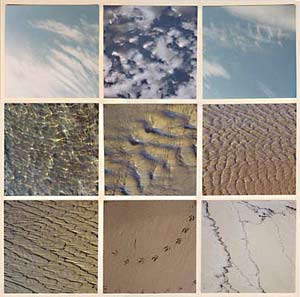A recent study has revealed that beach sand can be teeming with microbes even when the sea water is crystal clear.
 |
| Bacteria can thrive in sand and survive there for a period of time |
Healthcare professionals have long understood that urban redevelopment contributes to marine pollution, which includes microorganisms such as E. coli and enterococci bacteria found in feces. Researchers from the University of California discovered that bacteria can thrive in sand and persist there for a long time even after the sea has completely self-cleaned.
Jennifer Jay, the lead researcher, stated: “Even on days when the seawater is very clean, bacteria can still reside in the sand for up to a week.”
Ms. Jay and a recent graduate conducted experiments at three beaches: Surfrider Beach in Malibu, Santa Monica Beach, and Mother’s Beach in Marina del Rey during the storm season in February 2003. They also surveyed 13 beaches in Santa Monica Bay from Malibu to Redondo during the summer, focusing on the moist sand near the water’s edge.
They found that the concentration of microbes in the sand at protected beaches, specifically designed for families with young children, was 1,000 times higher than at beaches that are open to the ocean.
However, Ms. Jay noted that it is difficult to assess the health risks posed by these bacteria because health standards for marine sediment have not been established.
The researchers will continue their experiments to determine whether viruses are present in the sand.
Mark Gold, executive director of Heal the Bay located in Santa Monica Bay, stated that the study serves as a warning for beach-cleaning efforts and may lead to more health advisories emerging along the coast.
H.V


















































